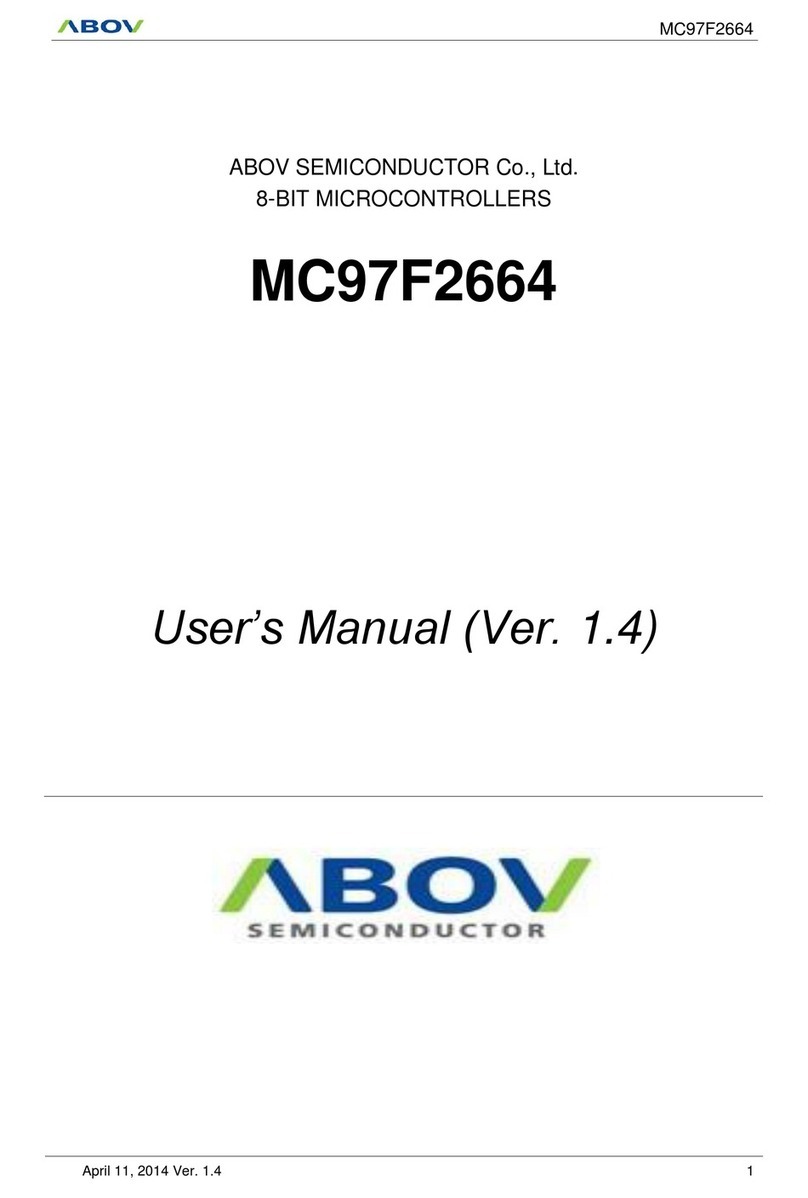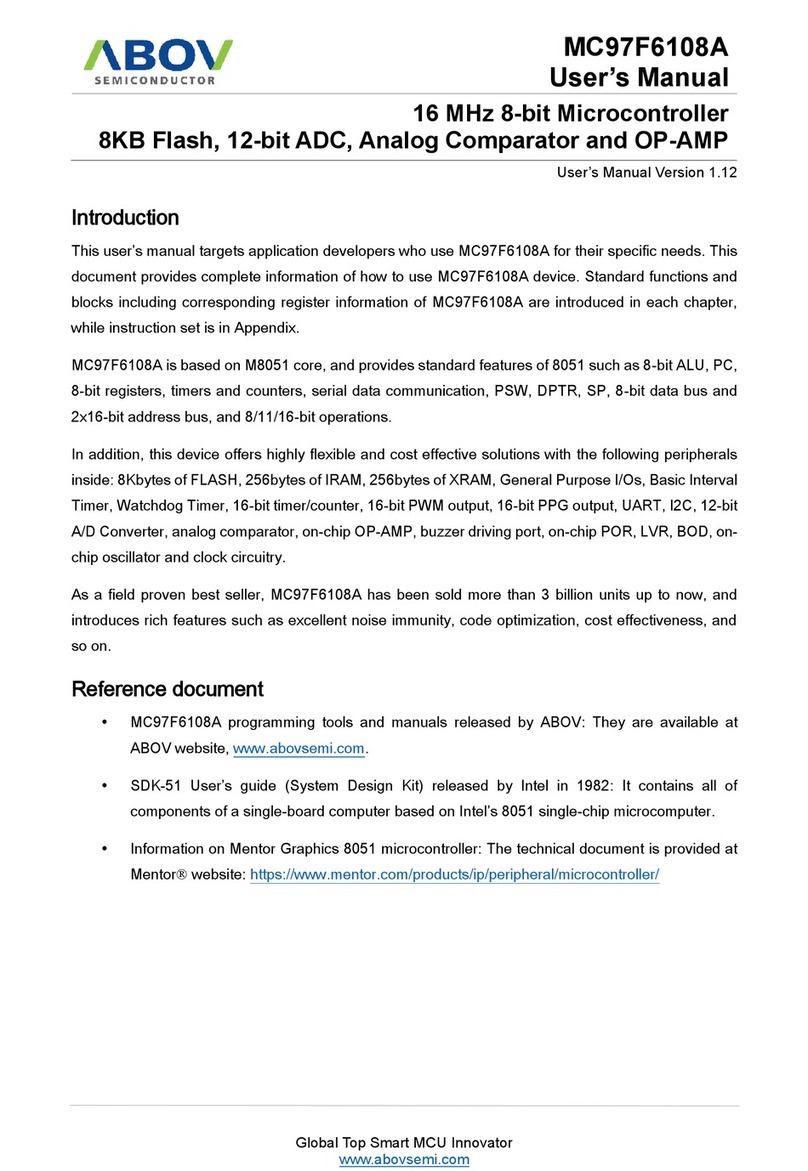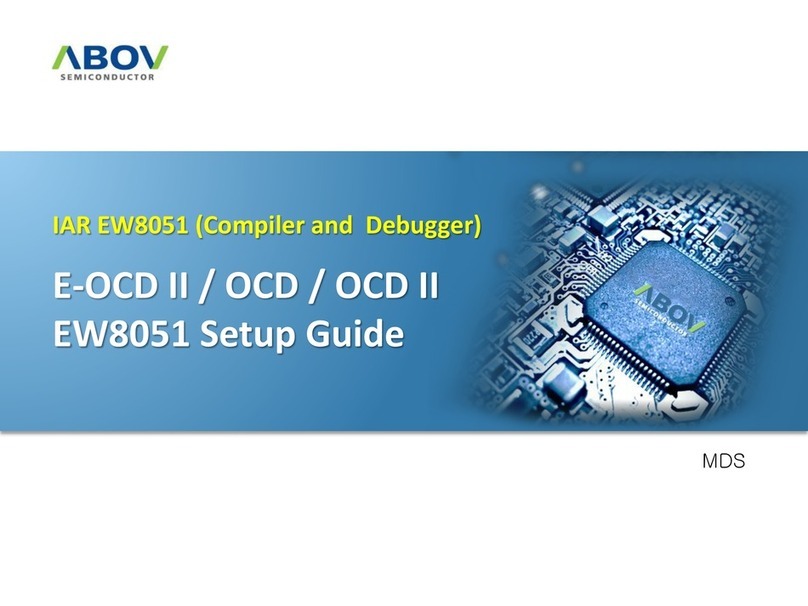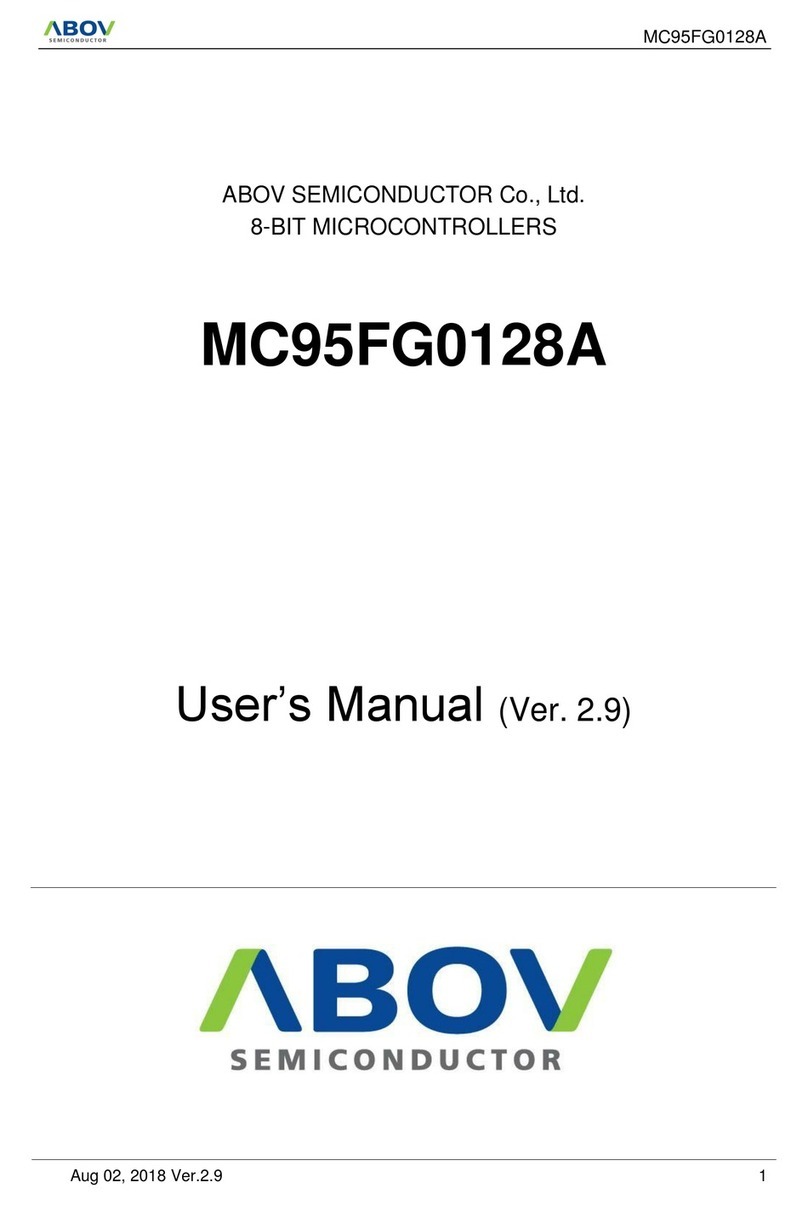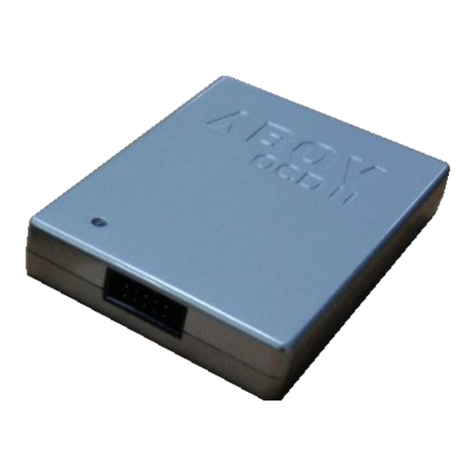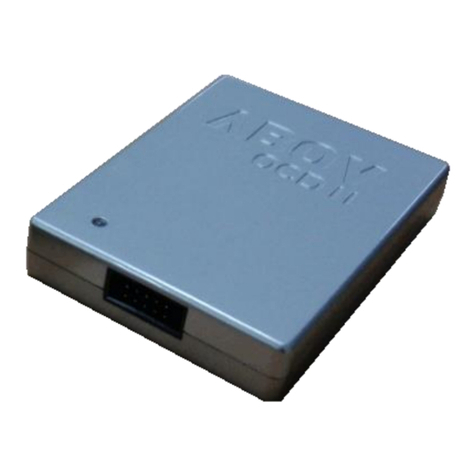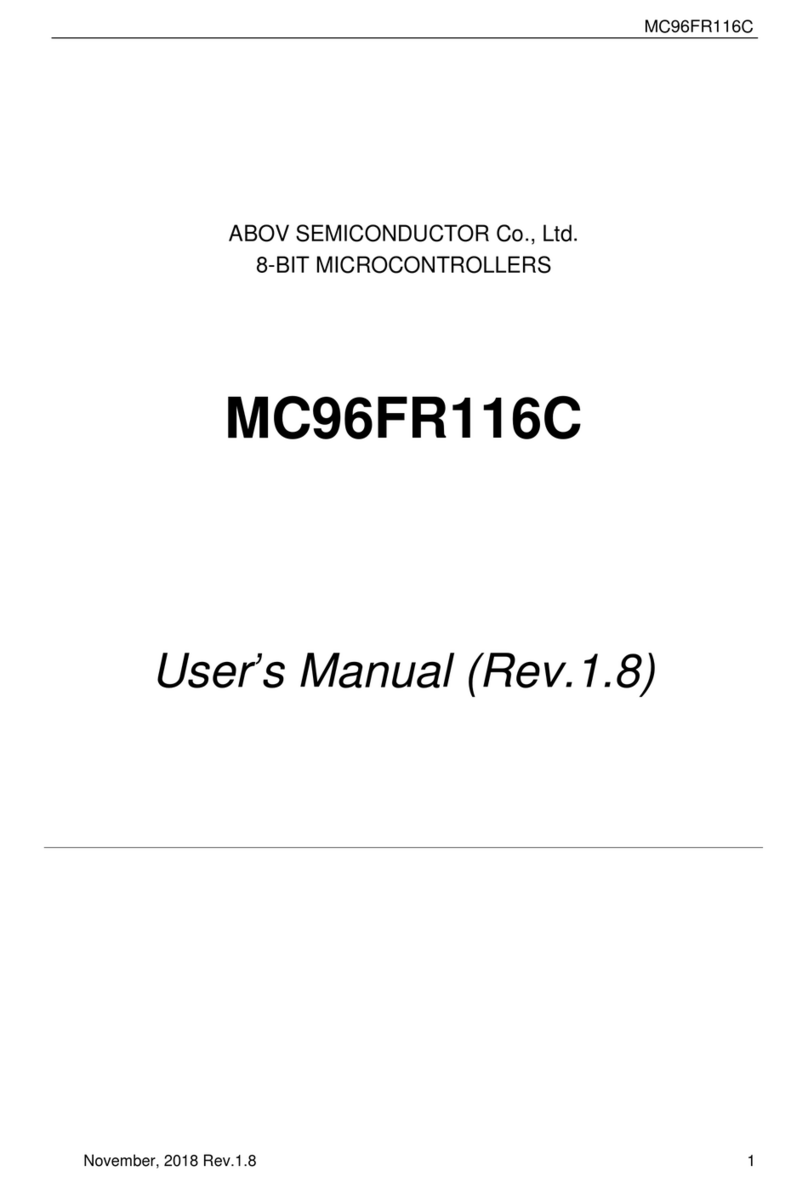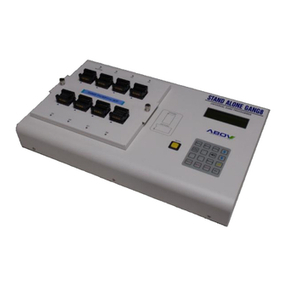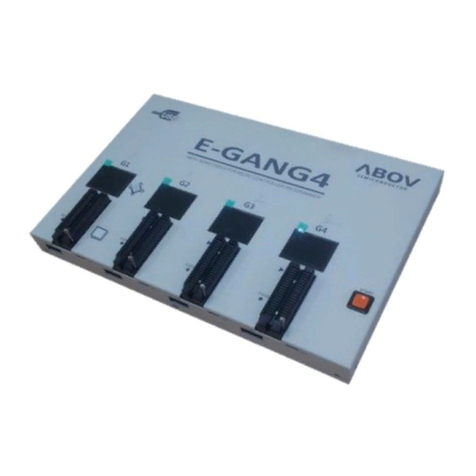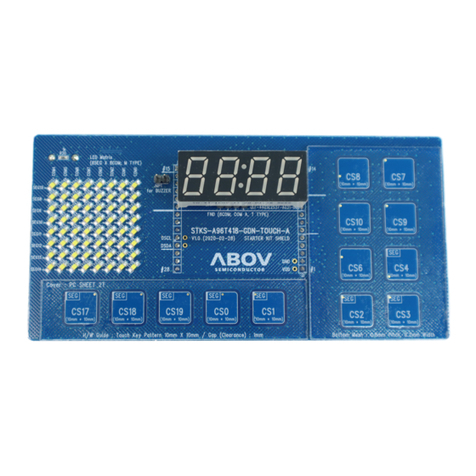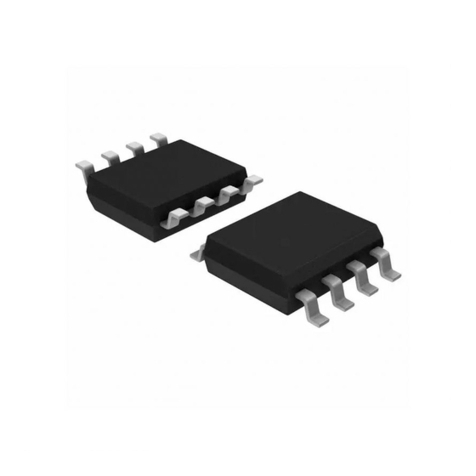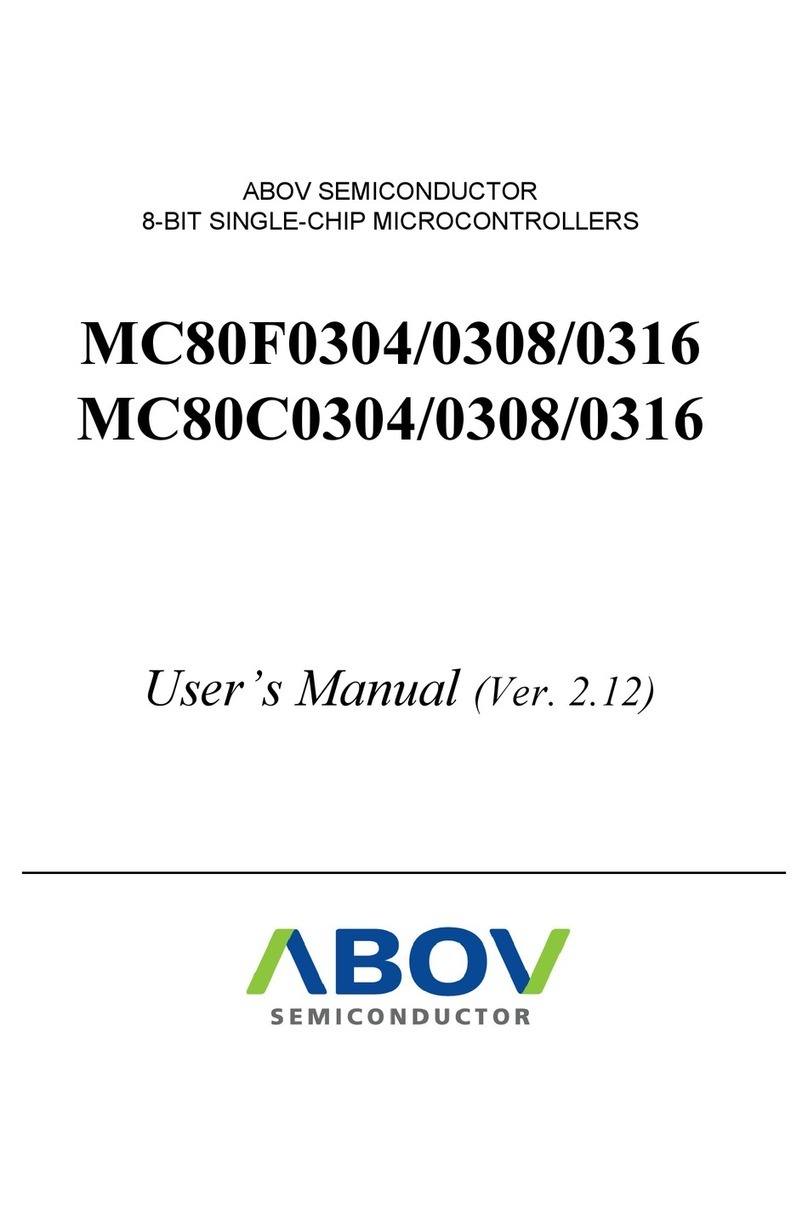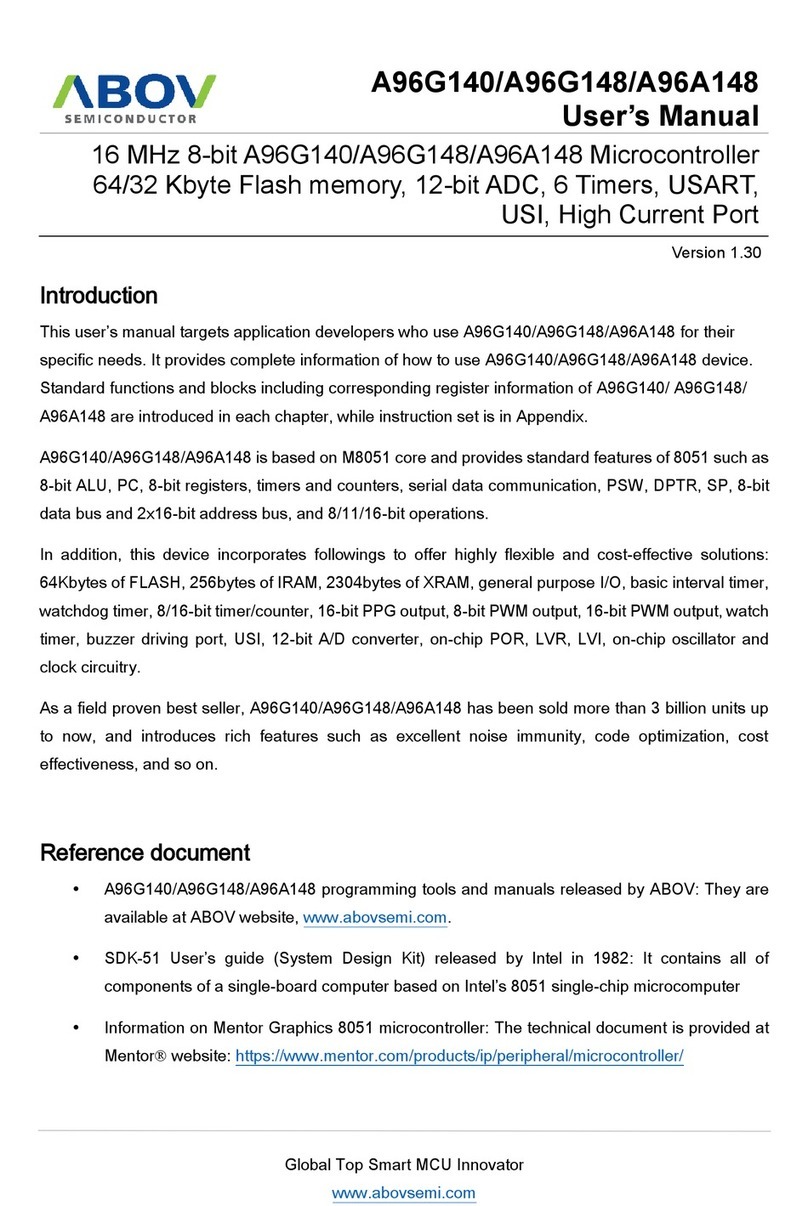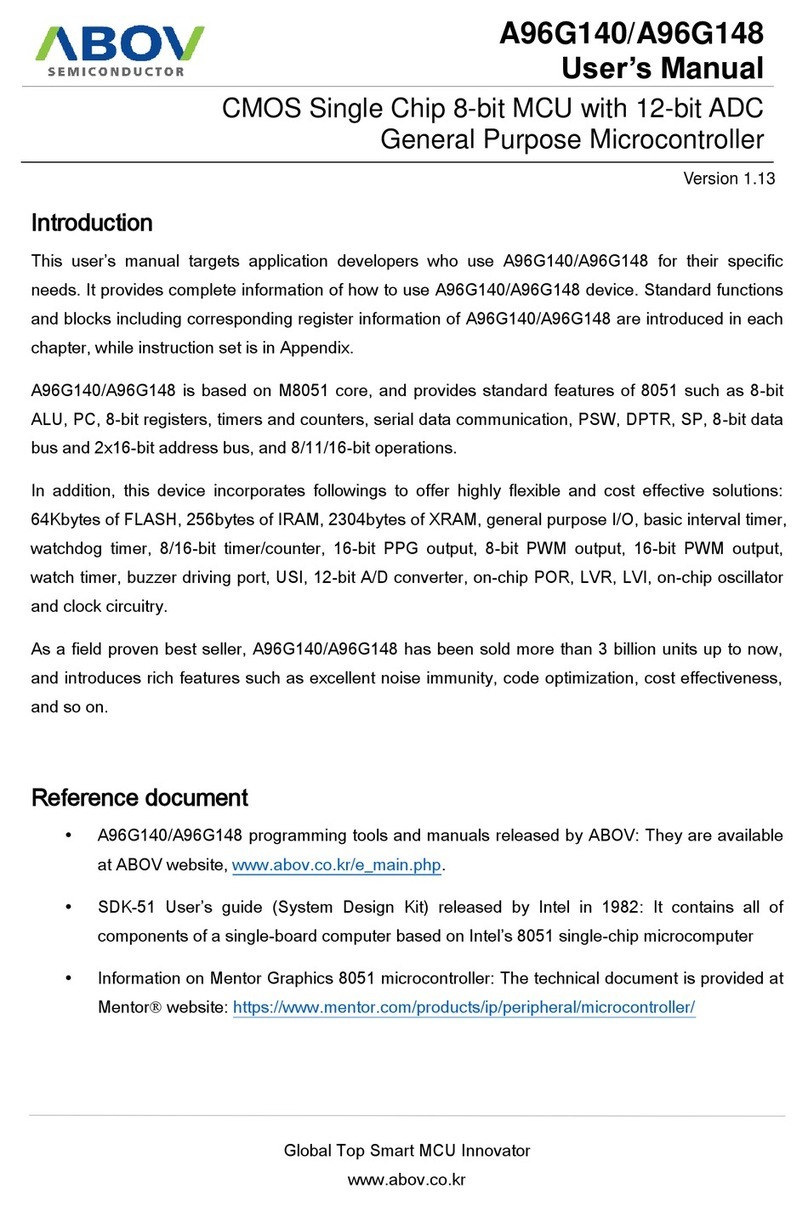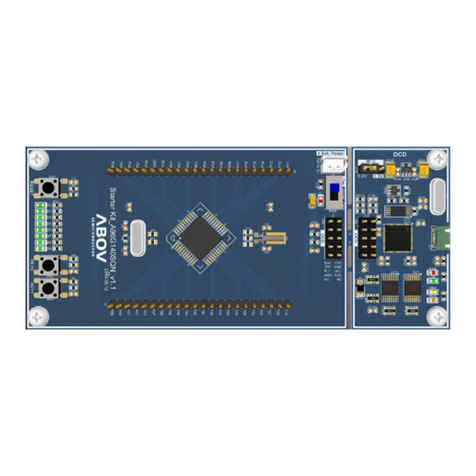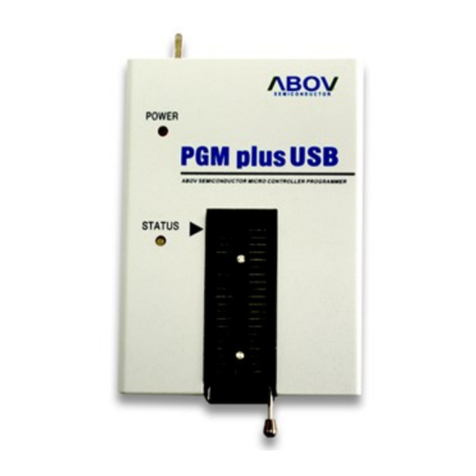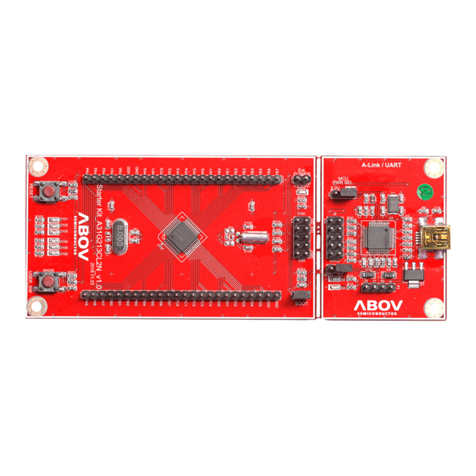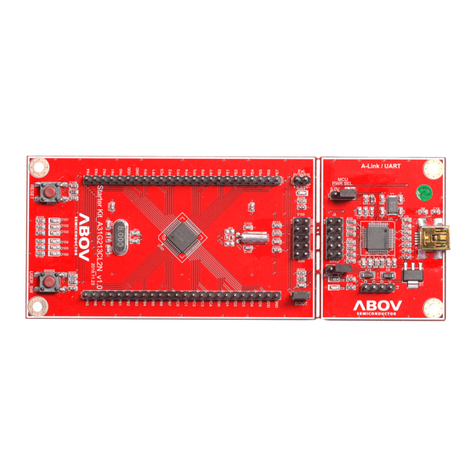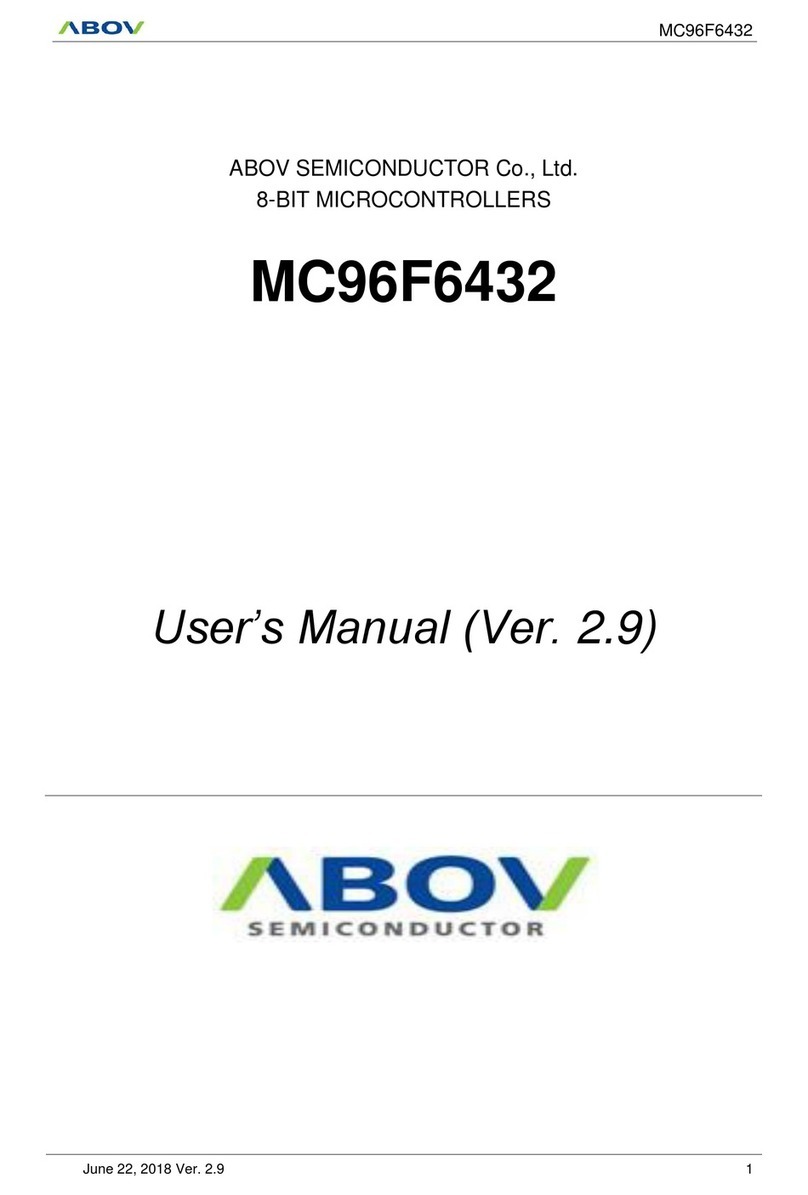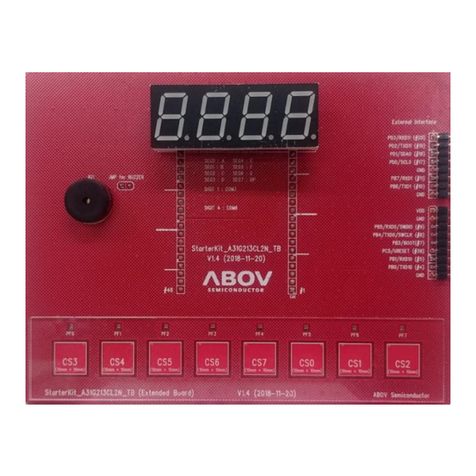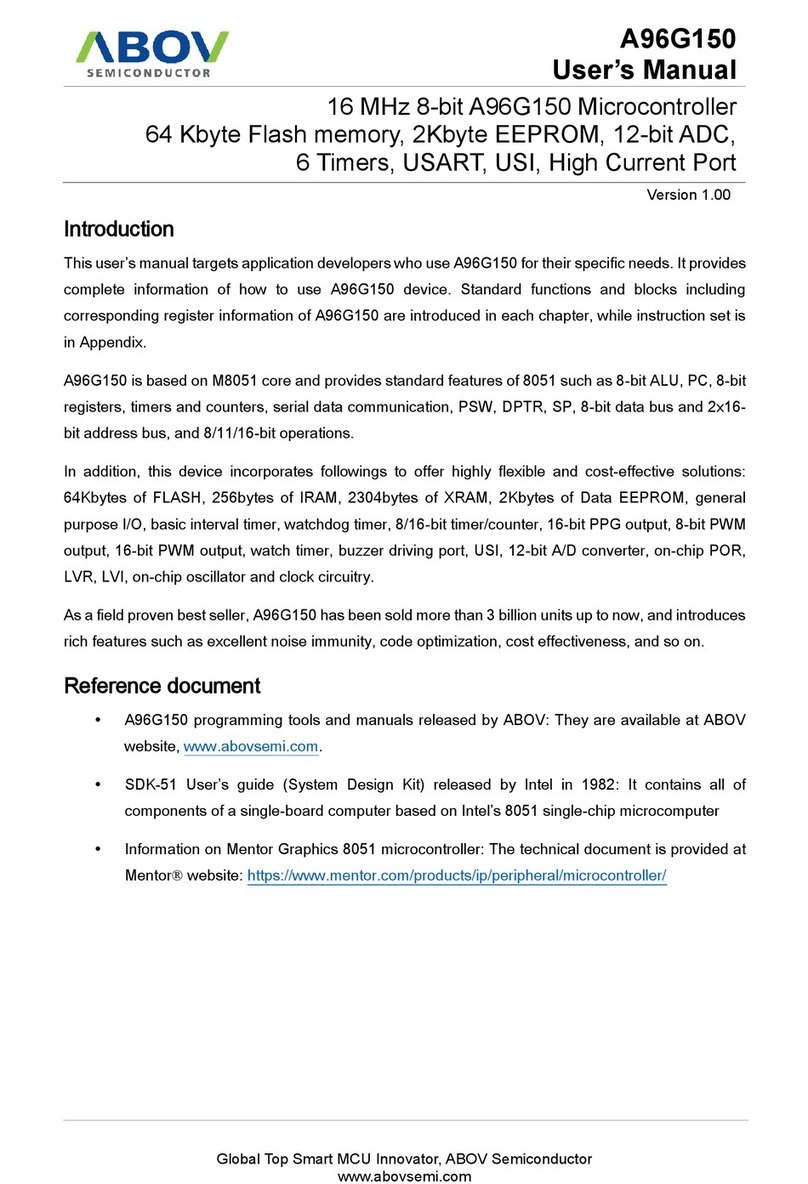
MC96FR364B
November, 2018 Rev.1.4 5
10.9 Generation of Branch Address to Interrupt Service Routine(ISR)........................................................... 57
10.10 Saving and Restoring General Purpose Registers .................................................................................. 58
10.11 Interrupt Timing..................................................................................................................................... 58
10.12 Interrupt Registers.................................................................................................................................. 59
11. Peripheral Units .............................................................................................................................................. 65
11.1 Clock Generator....................................................................................................................................... 65
11.2 Basic Interval Timer (BIT) ...................................................................................................................... 67
11.3 Watch Dog Timer (WDT)........................................................................................................................ 70
11.4 TIMER/PWM .......................................................................................................................................... 73
11.5 Watch Timer with event capture function (WT) .................................................................................... 101
11.6 IR Capture Control (IRCC).................................................................................................................... 107
11.7 Carrier Generator ................................................................................................................................... 111
11.8 Key Scan ................................................................................................................................................ 119
11.9 USART0/1 ............................................................................................................................................. 122
11.10 I2C ........................................................................................................................................................ 140
12. POWER MANAGEMENT .......................................................................................................................... 157
12.1 Overview................................................................................................................................................ 157
12.2 PERIPHERAL OPERATION IN SLEEP/STOP/BOD MODE ............................................................. 157
12.3 SLEEP mode.......................................................................................................................................... 157
12.4 STOP mode............................................................................................................................................ 158
12.5 BOD mode ............................................................................................................................................. 160
12.6 Register Map.......................................................................................................................................... 161
12.7 Register Description............................................................................................................................... 161
13. RESET.......................................................................................................................................................... 162
13.1 Overview................................................................................................................................................ 162
13.2 Reset source ........................................................................................................................................... 162
13.3 Block Diagram....................................................................................................................................... 162
13.4 Noise Canceller for External Reset Pin.................................................................................................. 163
13.5 Power-On-RESET ................................................................................................................................. 163
13.6 External RESETB Input......................................................................................................................... 166
13.7 Brown Out Detector............................................................................................................................... 167
13.8 Register Map.......................................................................................................................................... 168
13.9 Register Description............................................................................................................................... 168
14. On-chip Debug System................................................................................................................................. 171
14.1 Overview................................................................................................................................................ 171
14.2 Two-pin external interface ..................................................................................................................... 172
15. FLASH Memory Controller ......................................................................................................................... 176
15.1 Overview................................................................................................................................................ 176
15.2 Boot Area............................................................................................................................................... 176
15.3 Register Map.......................................................................................................................................... 177
15.4 Register Description............................................................................................................................... 178
15.5 Memory map.......................................................................................................................................... 184
15.6 Serial In-System Program Mode............................................................................................................ 185
15.7 Security .................................................................................................................................................. 189
15.8 FLASH Memory operating mode .......................................................................................................... 190
16. Etc................................................................................................................................................................. 191
16.1 FUSE Control Register .......................................................................................................................... 191
17. APPENDIX .................................................................................................................................................. 192
